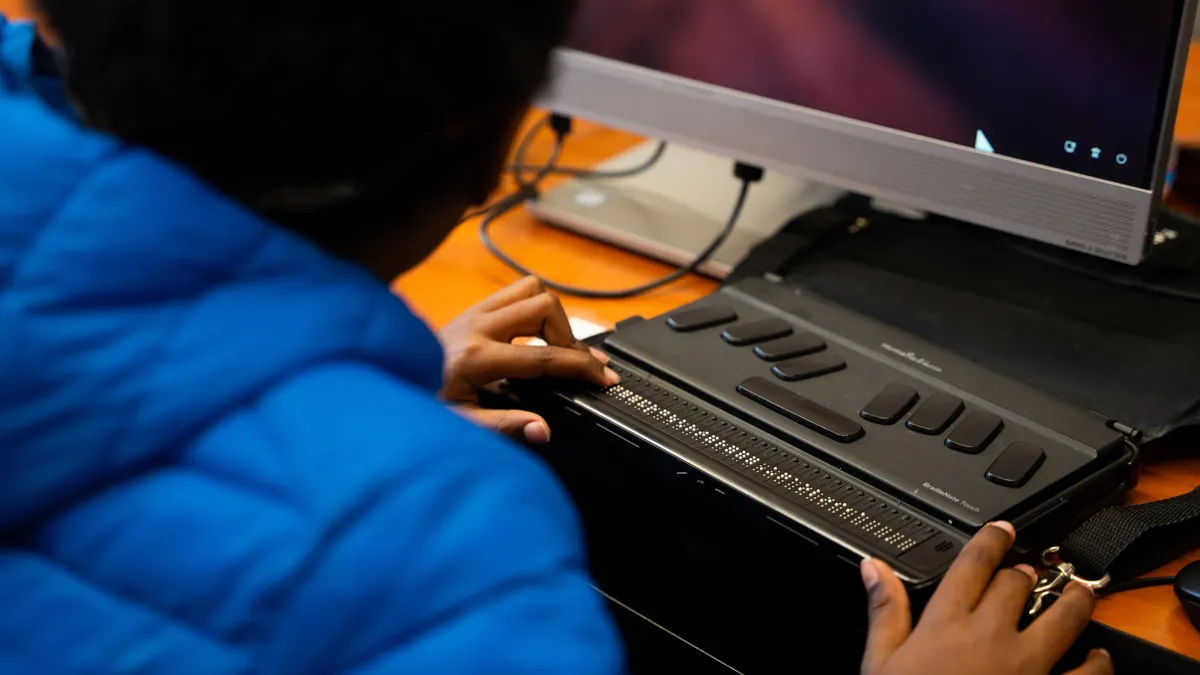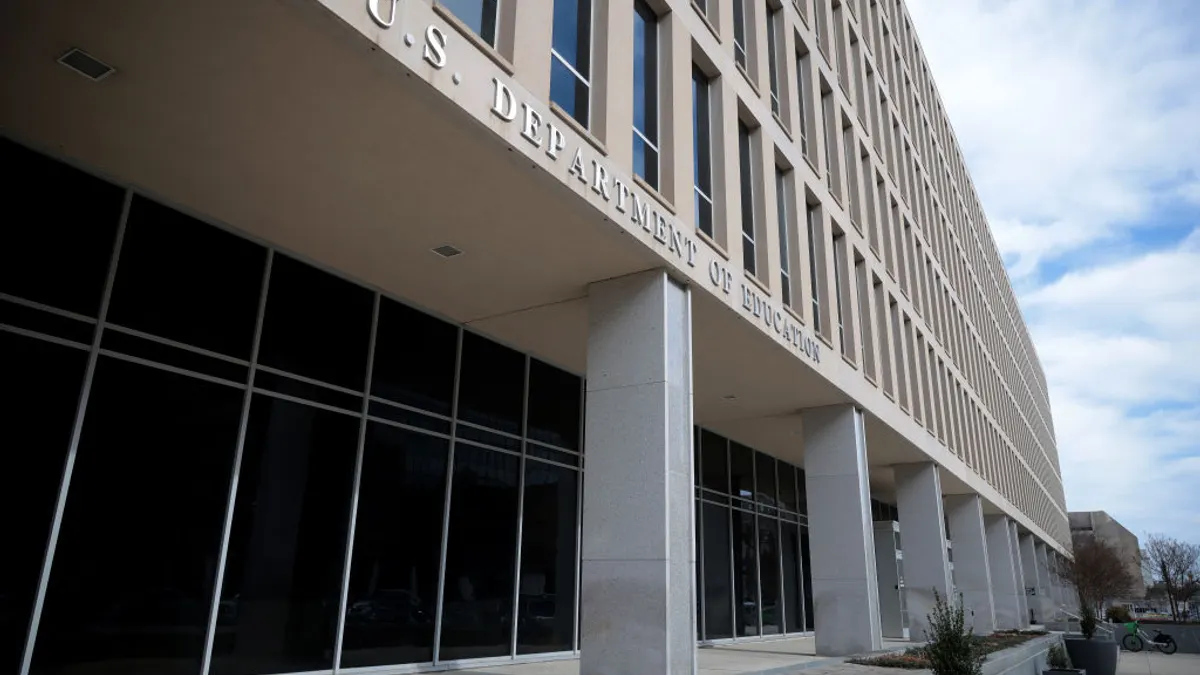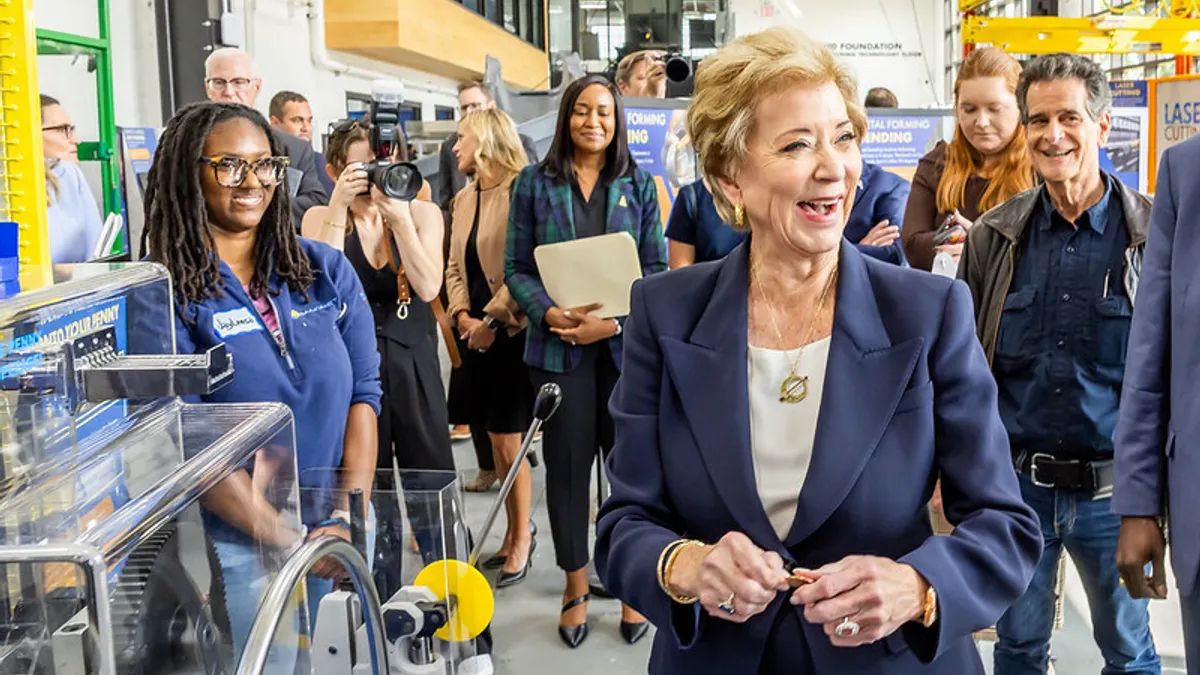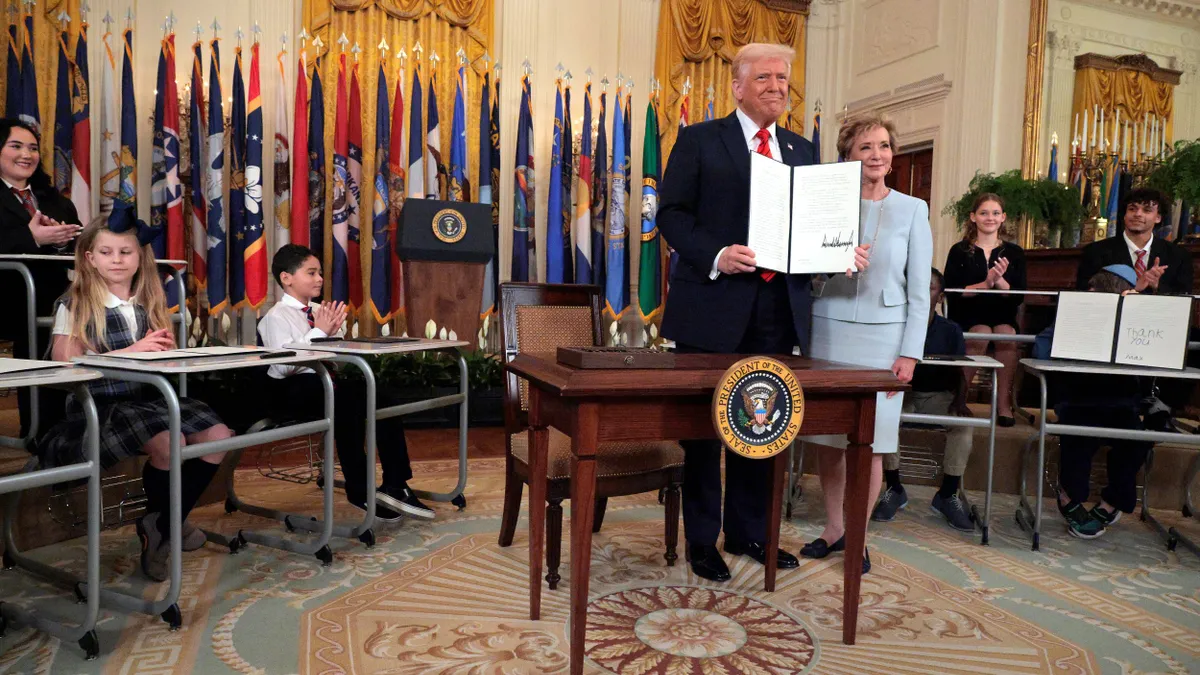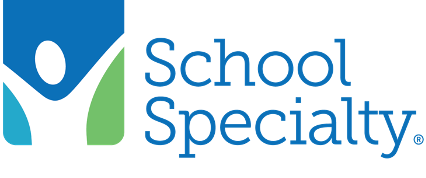A new school year is upon us — and as with any year, the return to the classroom brings with it an array of challenges both novel and familiar.
Shifting enrollments alone present existential challenges for many school systems as declining birth rates result in lower student populations, which public schools are now in greater competition to attract and retain. Compounding those challenges are newer hurdles like artificial intelligence and a changing federal policy landscape that are impacting approaches to teaching and learning.
To help you unpack the obstacles and opportunities on the table this fall, here are four trends to watch in the 2025-26 school year.
Enrollment crucial as budgets tighten
As the new school year begins, fall enrollment numbers will be crucial for district budgets, said Marguerite Roza, a research professor and director of Georgetown University’s Edunomics Lab.
Due to federal COVID-19 emergency relief funds, many districts appeared to ignore the realities of their declining enrollment, she said. However, when relief funding dissipates and budgets tighten, districts need to keep a very close eye on their fall enrollment: Even if it’s just 1% lower or higher than forecasted, that will be “super important” for schools’ bottom lines, Roza said.
For some districts, an influx of migrant students has offset declines in non-migrant student populations, Roza said. But that kind of enrollment growth is worth keeping an eye on, she said — especially amid the Trump administration’s heightened immigration enforcement policies. Though schools cannot record a student’s immigration status, a drop in English learners could be a signal of that change, she said.
Additionally, districts should look for declines in kindergarten or at secondary grade levels, Roza said. If a district has fewer kindergarteners but strong high school enrollment, for instance, then it has a birthrate problem, she said. But if it’s a more widespread issue, it may be that people are moving out of the area.
Growing school choice policies may also have an impact on enrollment down the line, Roza said.
Some districts with significant and ongoing enrollment drops will also have to make tough decisions this school year about the future of their schools. For instance, district leaders in Atlanta, Austin and St. Louis public schools are all currently considering whether they should close or consolidate school buildings due to budget challenges and enrollment declines.
Federal policy whiplash persists
Schools continue to face the whiplash of the Trump administration's drastic shift in and rapid enforcement of federal policies, which have included the withholding of federal funding in some cases. That's especially true for districts' policies related to LGBTQ+ issues as well as diversity, equity and inclusion.
Whereas the Biden administration encouraged the inclusion and protection of transgender students, for instance, the Trump administration quickly and forcefully reversed course. Federal officials have so far made an example out of multiple education agencies — including in Maine, California, Minnesota and major districts in Northern Virginia — for what it says are violations of Title IX. Those violations have included allowing transgender students to play on women’s and girls' sports teams.
Schools have also been under the microscope for practices meant to level the playing field for Black and brown students, which the administration says are discriminatory against White and Asian students in some cases. In April, for example, the department launched an investigation into Chicago Public Schools for its "Black Students Success Plan."
Many civil rights organizations, teacher organizations and sometimes even school districts, however, have challenged the Trump administration's policies, which they say have been made in some cases without going through the proper legal channels and violate students' rights. As those cases work their way through the courts, policies continue to shift. In one case, key efforts by the administration to roll back DEI measures — including a requirement from the administration that asked districts to certify they are not incorporating DEI in their schools — were blocked by a judge in August, at the launch of the 2025-26 school year.
Technology, relationships drive special ed improvements
Despite persistent special educator shortages, funding gaps and uncertainty about federal-level support to states and districts, the special education field is optimistic about the progress students with disabilities will make this school year as more attention is focused on boosting family engagement and expanding the use of technology to support students with disabilities, according to experts in the field.
Advances in technology, including artificial intelligence tools, are easing paperwork burdens for special educators. Improvements in augmentative and alternative communication and other technology are strengthening personalized learning for students with disabilities. Additionally, evidence-based practices, such as universal design for learning and positive behavioral interventions and supports, are helping schools meet individual student needs.
Relevant professional development on tech tools, however, is only one part of helping a student succeed, said Kelly Rudyk, director of pupil personnel services for New York's North Salem Central School District, in a recent post on AASA, The School Superintendents Association's website. Relationships between administrators and special educators, and between schools and families, are also essential, Rudyk said.
"To truly move the work forward, we need to set clear district goals in partnership with special education leaders," Rudyk said. "These goals should: reflect instructional priorities, support the meaningful use of technology and improve outcomes for students with disabilities."
AI spreads its footprint in schools
School leaders will enter the 2025-26 school year with encouragement from the U.S. Department of Education to use existing federal grants to integrate artificial intelligence in classrooms. Over the summer, U.S. Education Secretary Linda McMahon sent a “Dear Colleague” letter to state and district leaders informing them that they can use federal funds to bolster AI’s use in improving high-quality curriculum tools, high-impact tutoring, and college and career pathway advising.
Still, there’s little research available on the impacts AI technology has on student outcomes, particularly with increasingly popular AI tutoring tools.
AASA also expressed some concerns over the Education Department’s latest full-speed push for AI tools in schools.
In response to a proposed rule on priorities for using discretionary grant programs to support AI use in schools, which was published in the Federal Register in July, AASA submitted a comment on Aug. 20 asking for a greater focus on the educator workforce within AI initiatives. AI cannot be a “substitute,” the association said, for “the human relationships and professional expertise at the heart of student learning.”
On top of that, AASA warned against “framing AI as a silver bullet,” and that any “thoughtful national strategy must include clear guardrails, sustainable funding that does not come at the expense of other high-priority federal programs, and ongoing evaluation of what works in practice.” As school leaders approach the fourth academic year since ChatGPT launched, researchers also recommend that districts develop their own acceptable AI use policies if they haven’t already.
Meanwhile, 30 states have issued their own AI guidance for schools as of June, according to TeachAI, a national coalition focused on AI in education.

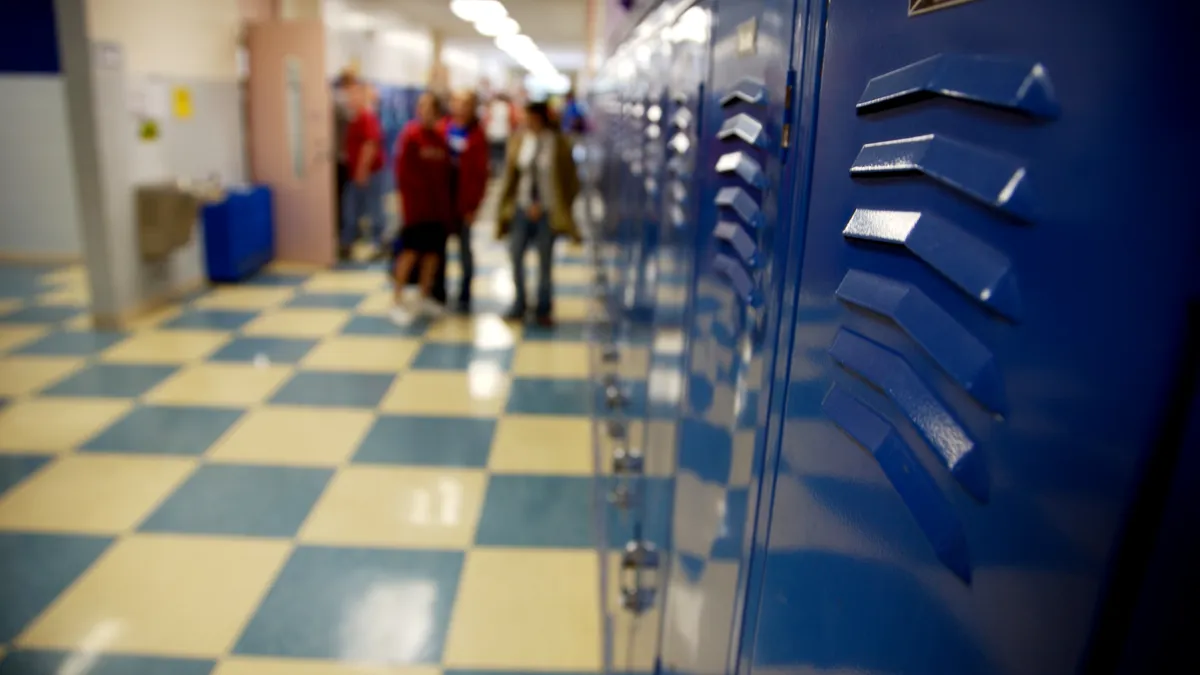



 Dive Awards
Dive Awards


